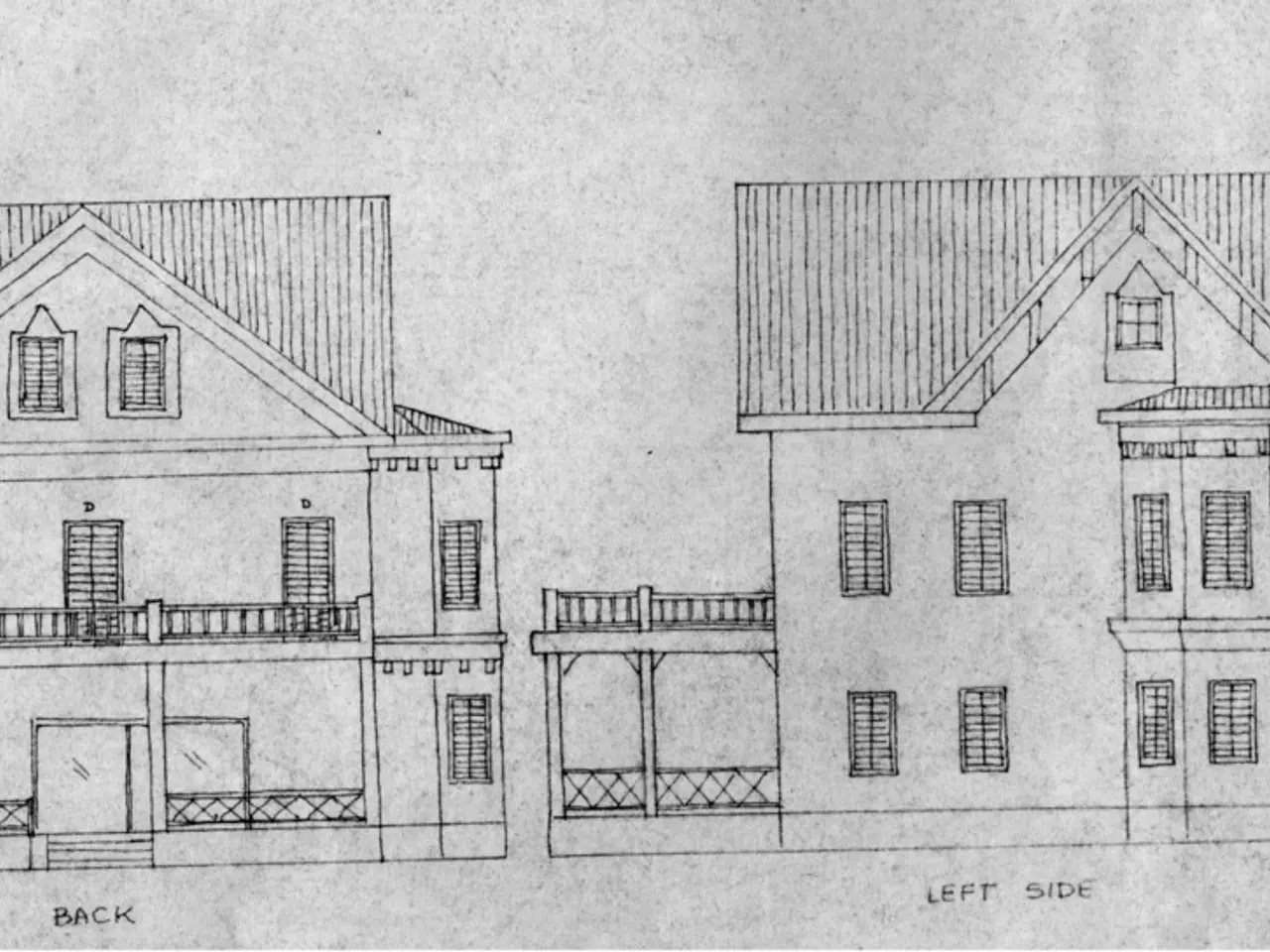Illustrating House Demand Trends in Real Estate Market
The housing market in the United States has experienced significant fluctuations from January 2012 to August 2022, as depicted in a visualization by The Washington Post. This period, spanning a decade, has been marked by general increases in demand interspersed with notable fluctuations linked to economic and social factors.
In the early years, from 2012 to the mid-2010s, housing demand gradually increased, reflecting the economic recovery post the 2008 financial crisis and improving consumer confidence. This trend continued, albeit with milder growth, through the mid-2010s, with the market remaining relatively stable due to low mortgage rates and improving employment.
However, the housing market saw a significant surge during the COVID-19 pandemic period (2020-2021). Historically low interest rates coincided with shifts in housing preferences, such as an increased desire for suburban homes and larger spaces, driving competition and price surges. This surge, however, began to moderate or decline in some regions as mortgage rates started rising and economic uncertainty grew in the latter half of 2021 and into 2022.
The rental market also experienced pressure throughout this period. By 2023, about 48.5% of renters were paying more than 30% of their income on rent, indicating sustained demand pressure not only in home purchases but also in rentals.
The visualization, presented as a circular graph that spirals in and out from the center, does not provide specific values or month-by-month dynamics, nor does it show any regional differences in the housing market demand changes. It does, however, show that demand for houses initially tanked in April 2022, after which it took off.
The Washington Post's visualization provides a comprehensive overview of the housing market demand trend over the past decade, aligning with publicly noted housing market dynamics in the US. For more precise values or detailed month-by-month dynamics, consulting their original interactive graphic or detailed datasets such as from Kaggle or relevant housing market analyses would be necessary.
Investing in real-estate during the COVID-19 pandemic period, from 2020 to 2021, could have resulted in substantial gains due to historically low interest rates and shifts in housing preferences. However, the housing market saw a moderation or decline in some regions as mortgage rates started rising and economic uncertainty grew in the latter half of 2021 and into 2022.
Fluctuations in the housing market from January 2012 to August 2022, as depicted in The Washington Post's visualization, have had implications on the finance sector, with the rental market also experiencing pressure and a rise in rental prices.




